General Landscape Uses: Accent or specimen tree in residential and commercial landscapes. One of the most versitile and important landscaping trees in South Florida.
Ecological Restoration Notes: A key canopy tree in mesic and prairie hammocks. Usually not dominant in rockland hammocks or maritime hammocks in South Florida, but still relatively abundant.
Description: Medium to large tree with a round-topped, broad crown from wide-spreading branches. Trunks large, becoming massive, to 3-4 feet in diameter after several decades. Bark hard, grayish, broken into numerous ridges and furrows. Leaves dark green, shining above, 2-5 inches long. Briefly semi-deciduous, with most leaf loss occurring immediately preceeding new spring growth.
Dimensions: Typically 30-50 feet in height in South Florida; to 103 feet in Florida. Often as broad as tall.
Growth Rate: Moderate to fast.
Range: Southeastern United States west to Texas and south to the Monroe County Keys. Common on the mainland. Limited in distribution in the Monroe County Keys to a single small area on North Key Largo. Its historical presence on barrier islands from Key Biscayne northward in Miami-Dade County is questionable.
Habitats: Moist forests.
Soils: Moist to rarely innundated, well-drained to moderately well-drained sandy, limestone or organic soils, with humusy top layer.
Nutritional Requirements: Moderate; can grow in nutrient poor soils, but needs some organic content to thrive.
Salt Water Tolerance: Moderately low; does not tolerate long-term flooding by salt or brackish water, but tolerates short term inunation by salt water from storm surge with minimal damage.
Salt Wind Tolerance: Moderate; grows near salt water, but is usually protected from direct salt spray by other vegetation.
Drought Tolerance: Moderate; generally requires moist soils, but tolerant of short periods of drought once established.
Light Requirements: Full sun.
Flower Color: Green.
Flower Characteristics: Inconspicuous. Pollination is by wind.
Flowering Season: Early spring, before the emergence of new leaves.
Fruit: Brown acorn. Edible.
Wildlife and Ecology: Provides significant food and cover for wildlife. Larval host plant for Horace’s duskywing (Erynnis horatius), red-banded hairstreak (Calycopis cecrops) and white-M hairstreak (Parrhasius m-album) butterflies; possible larval host for Juvenal’s duskywing (Erynnis juvenalis) and oak hairstreak (Fixsenia favonius) butterflies. The acorns are utilized by squirrels. Great horned owls and other birds nest in the trees. Also an excellent epiphyte tree.
Horticultural Notes: Can be grown readily from seed. Forms a deeply penetrating taproot which must be prevented from growing out of the container and into the ground.
Comments: An excellent and versitile tree useful nearly throughout South Florida. Its broad-spreading habit can be countered by planting other trees around it, so that it must compete for light.

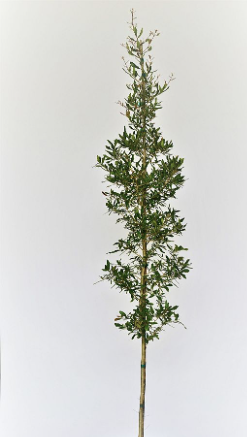

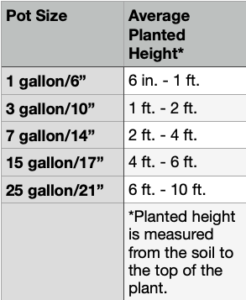
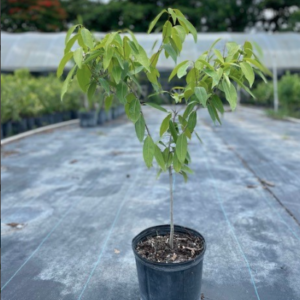
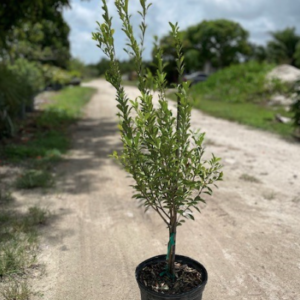
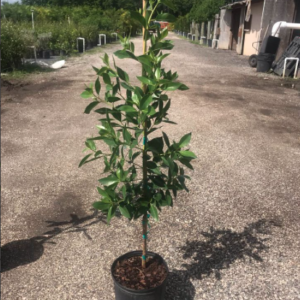
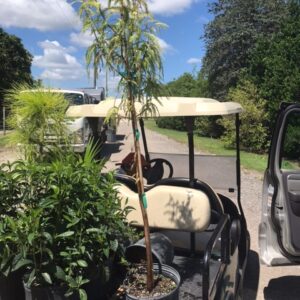
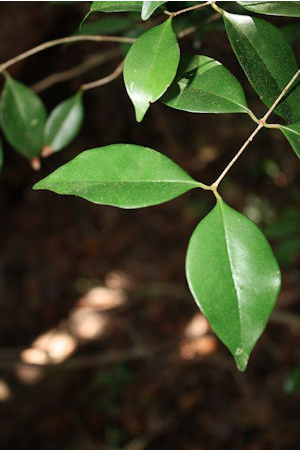
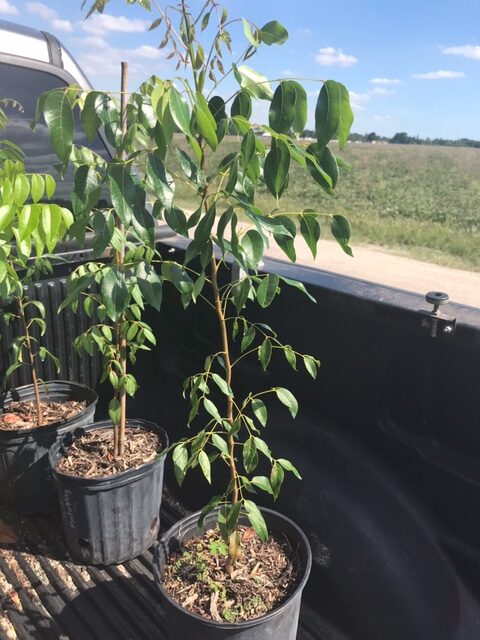
Reviews
There are no reviews yet.